A mystical walk through the valley that opens up to a flower bed, with peaks and glacier in background and a river bed;
Valley of flowers is an ultimate destination for nature lovers. Situated between the Zanskar and the Great Himalayan ranges, Valley of Flowers is a renowned World Heritage Site by UNESCO. It was discovered by Frank Smythe, Holdsworth & Shipton while returning from one of their mountaineering expeditions. This happened in 1931, after coming back from a successful Mt. Kamet expedition, the team of six mountaineers stumbled upon the Bhyundar valley while returning and to this very day this valley continues to attract trekkers, naturalists, botanists, nature lovers and mountaineers. The discovery of the valley was unintentional yet has now turned into a sensational destination.
Part of the Nanda Devi Biosphere Reserve , Valley of Flowers Trek is an important site for botanists, mountaineers and trekkers. It is a region full of rare Himalayan plants and flowers as well as birds, rare in nature; only to be found at a specific altitude. The flora and fauna of the valley is highly fragile and endangered. The national park is surrounded by peaks like Gauri Parbat (6590m), Rataban (6126m) and Kunth Khal (4430m). The Pushpawati River flows through the valley, and joins Lakshman Ganga at ghangaria. It is the major source of moisture and as the soil here does not hold a lot of water and hence the flowers bloom immediately after the first rains.
The valley is a riot of colors by mid-August with balsam, anemones, blue poppy, brahma kamals, primulas, asters etc. occupying the valley floor. There are certain carnivorous species as well who get their source of nutrition from the insects, but these can only be identified by a keen observer. For a nature lover, this valley opens brilliant vistas and panoramic views. It is an enthralling site to walk among a path laid out between flowers.
Valley of Flowers Trek Route:
The Valley of Flowers trek usually begins from a small village called Govindghat, which is easily accessible by road from Haridwar or Rishikesh. From Govindghat, you need to trek approximately 13 kilometers to reach the village of Ghangaria. The next leg of the trek involves a 4-kilometer ascent from Ghangaria to the Valley of Flowers. You can also visit Hemkund Sahib , a Sikh pilgrimage site located near Ghangaria. It requires an additional 6-kilometer trek from Ghangaria.
Best Time to Visit Valley of Flowers Trek:
The Valley of Flowers trek in Uttarakhand is best experienced during the months of June to September when the valley is in full bloom. During this time, the region experiences pleasant weather with moderate temperatures and clear skies, providing an ideal environment for trekking. The monsoon season adds to the allure of the valley, as the rain showers enhance the vibrant colors of the flowers. It is advisable to avoid visiting during the winter months when the region is covered in snow, making it inaccessible for trekking. Plan your visit during the best time to witness the breathtaking beauty of this floral paradise.
Valley of Flowers Opening:
Valley of Flowers National Park Opening Month: June
Valley of Flowers National Park Closing Month: October
How difficult is Valley of flowers Trek?
The Valley of Flowers Uttarakhand trek is considered moderately difficult. It involves a gradual ascent through mountainous terrain and requires a decent level of physical fitness. The trail can be steep and uneven at times, requiring careful footing. However, with proper preparation, including regular exercise and acclimatization, most moderately fit individuals can complete the trek comfortably. It is advisable to consult with local guides and carry essential trekking gear to ensure a safe and enjoyable experience.
How to Reach Valley of Flowers?
The Valley of Flowers is located in Uttarakhand. The nearest town to the valley is Govindghat. There are primarily two routes to reach Govindghat:
By Road : You can take a bus or hire a taxi from major cities like Rishikesh, Haridwar, or Dehradun to reach Govindghat.
By Air : The nearest airport is Jolly Grant Airport in Dehradun.
Once you reach Govindghat, it serves as the base camp for the trek to the Valley of Flowers. The town provides accommodation options and other facilities for travelers. The trek to the Valley of Flowers starts from Govindghat. It is approximately a 16-kilometer (10-mile) long trek and it usually takes two days to complete.
Customize Your Trek:
In
Himalaya Shelter, we provide you with the option to customize your trekking experience. Whether you're a solo traveler, a group of friends, or a family, you can opt for our personalized tailor-made trekking program. This customized trek will be exclusively designed for you, taking into account your specific requirements for transportation, accommodation, meals, and any other premium facilities you may need during the trek. No other participants will be added to your group. Choosing a customized trek will enable you to fully enjoy the trek with your loved ones.
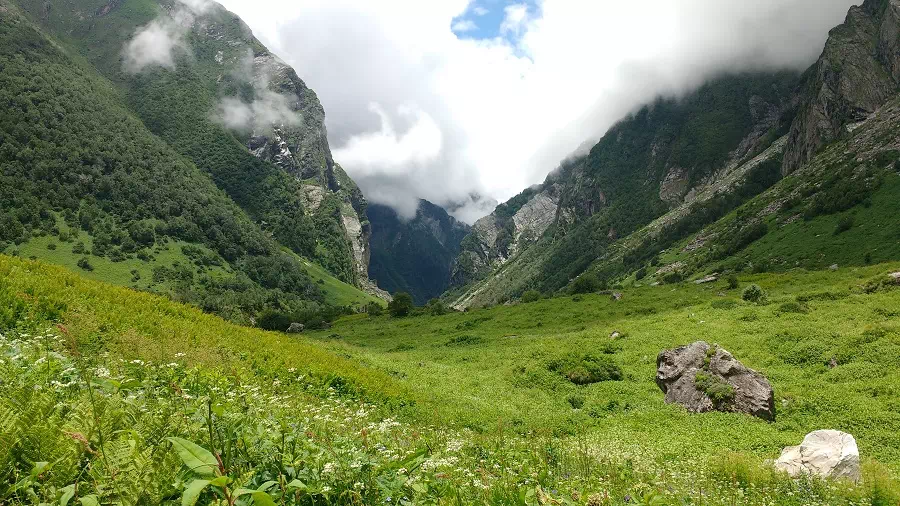
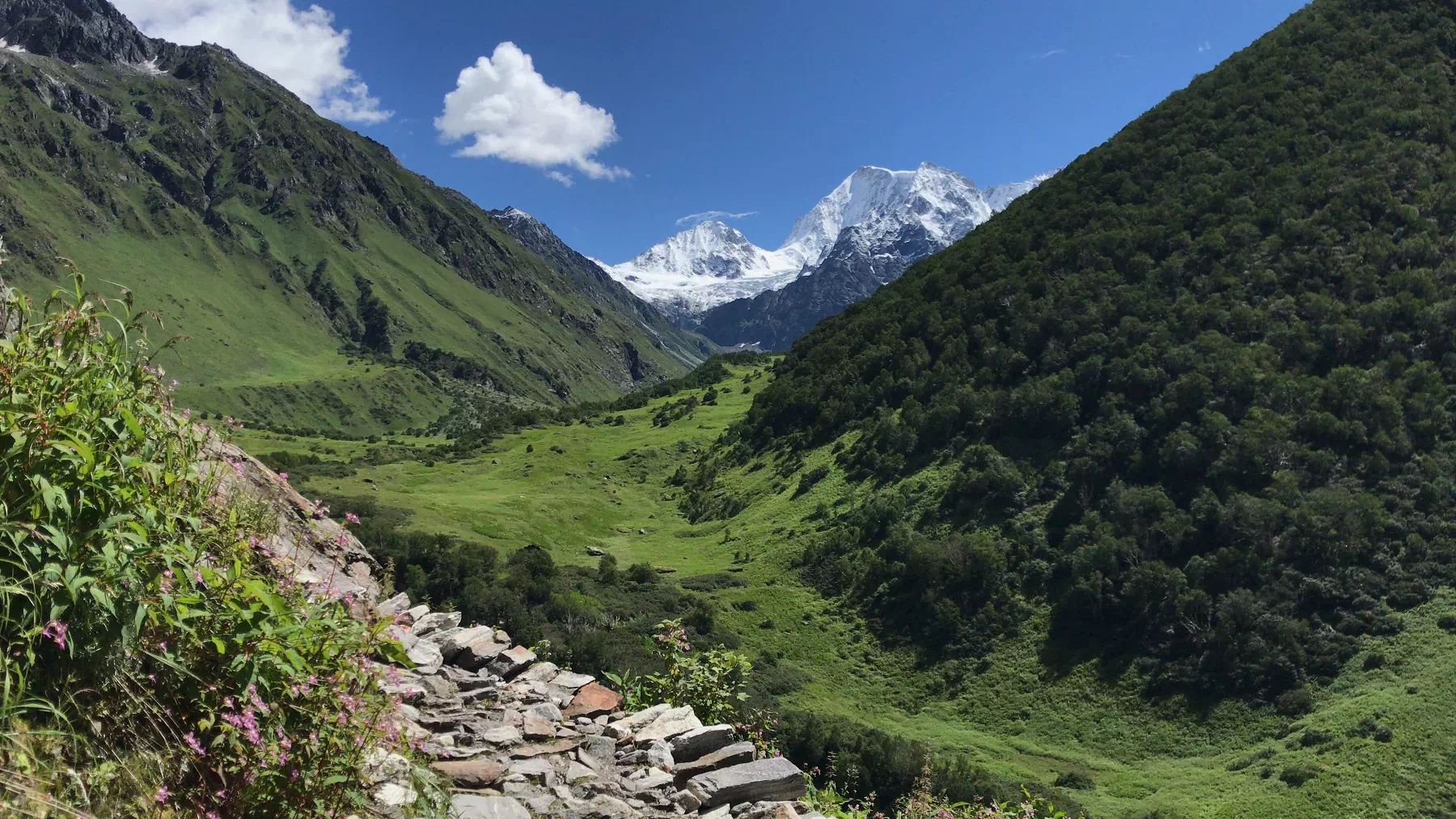 A mystical walk through the valley that opens up to a flower bed, with peaks and glacier in background and a river bed;
A mystical walk through the valley that opens up to a flower bed, with peaks and glacier in background and a river bed;

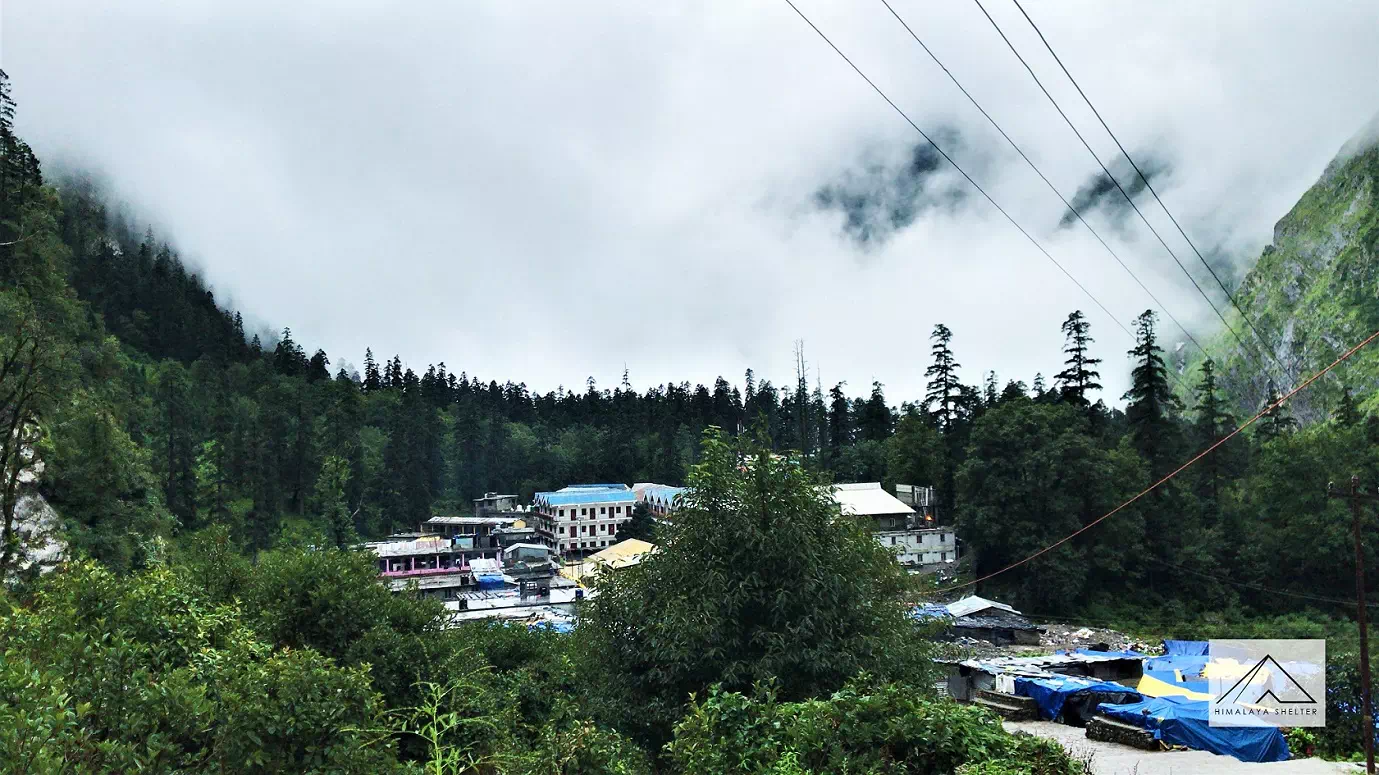

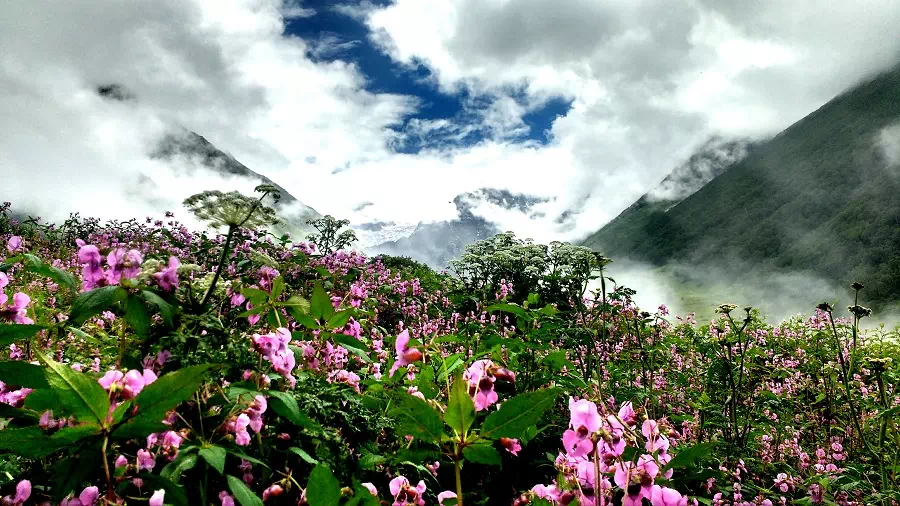
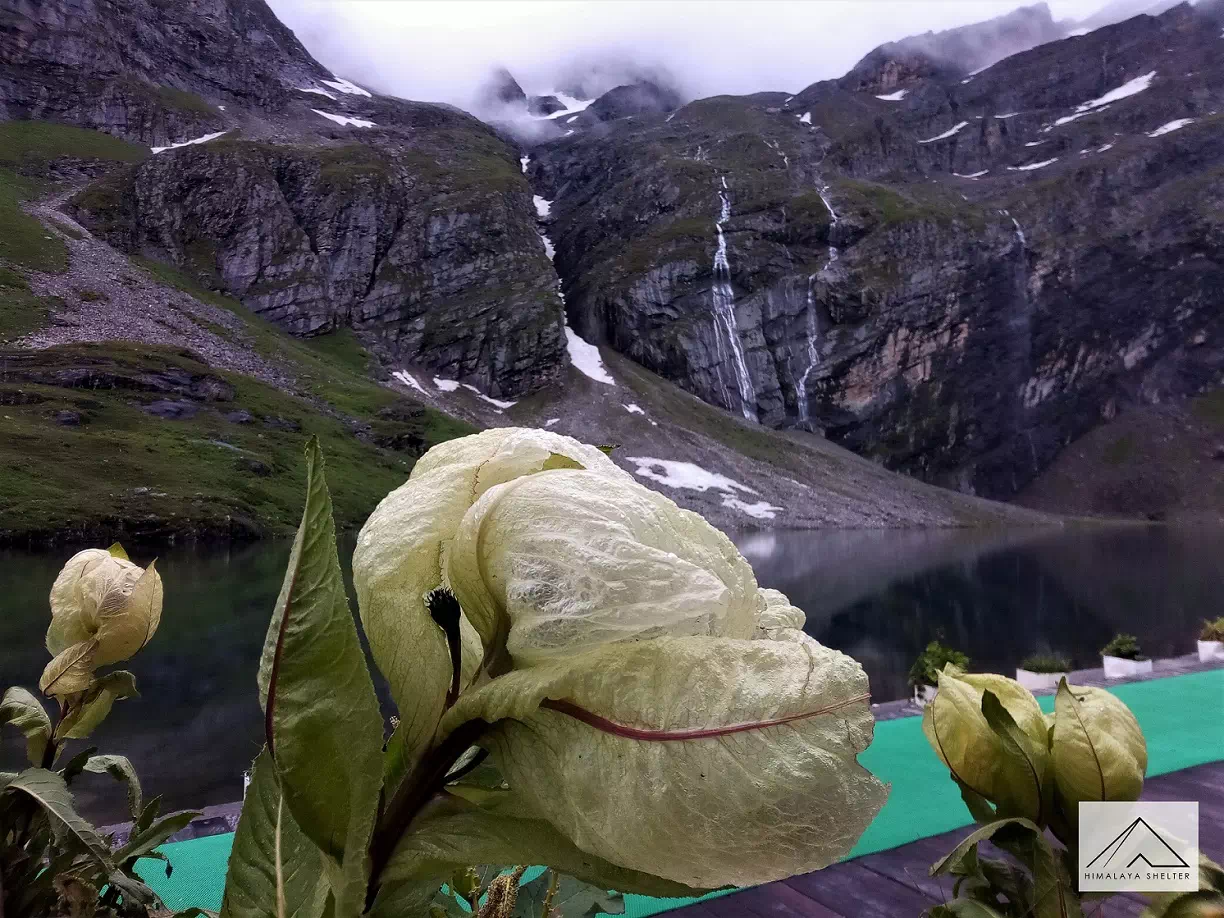

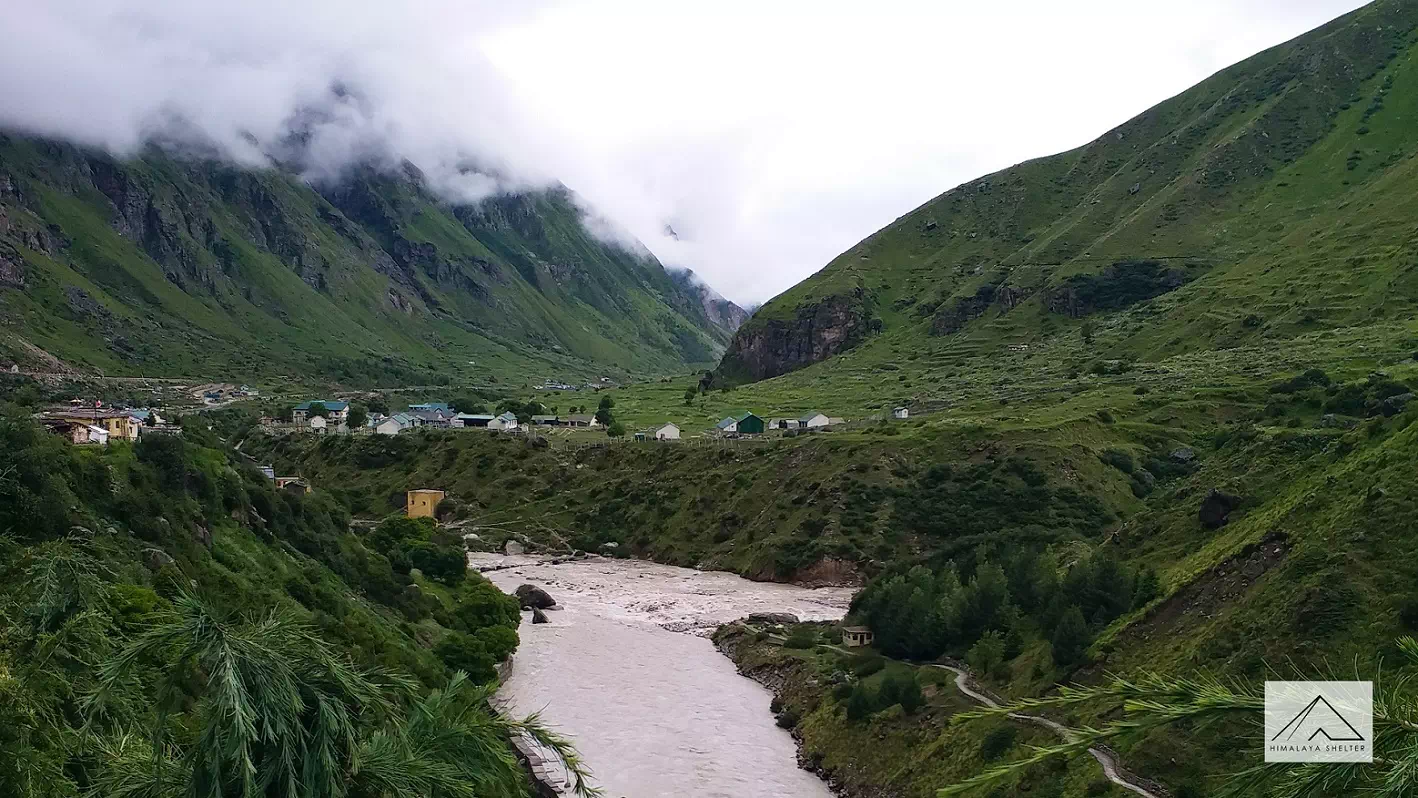
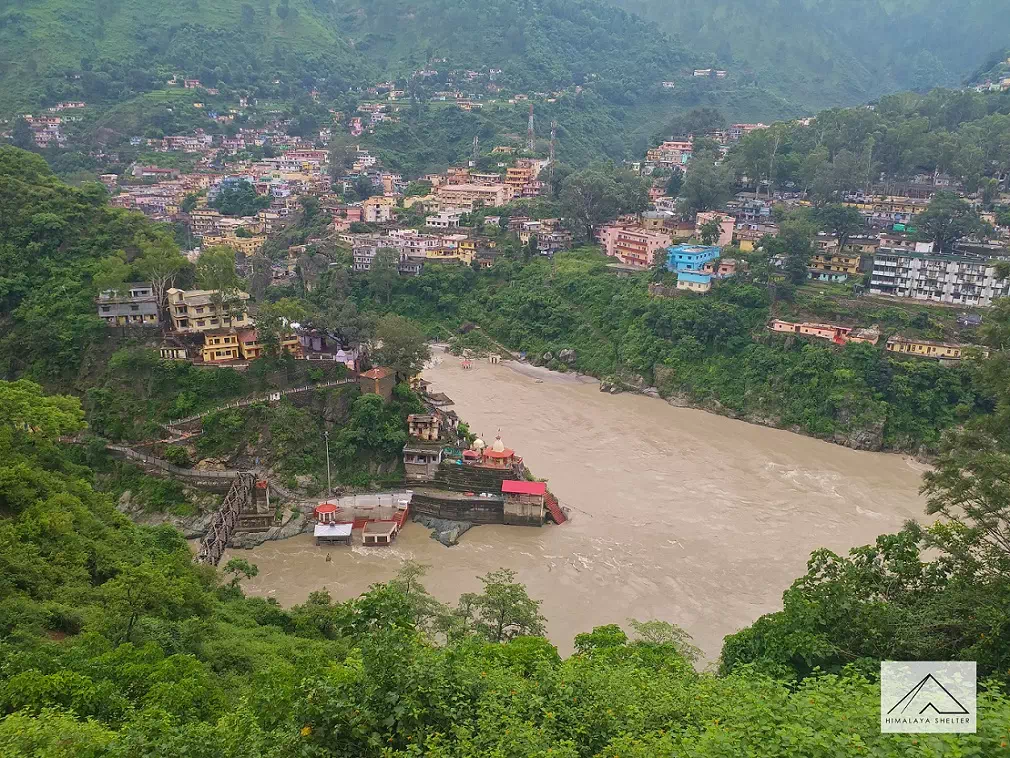
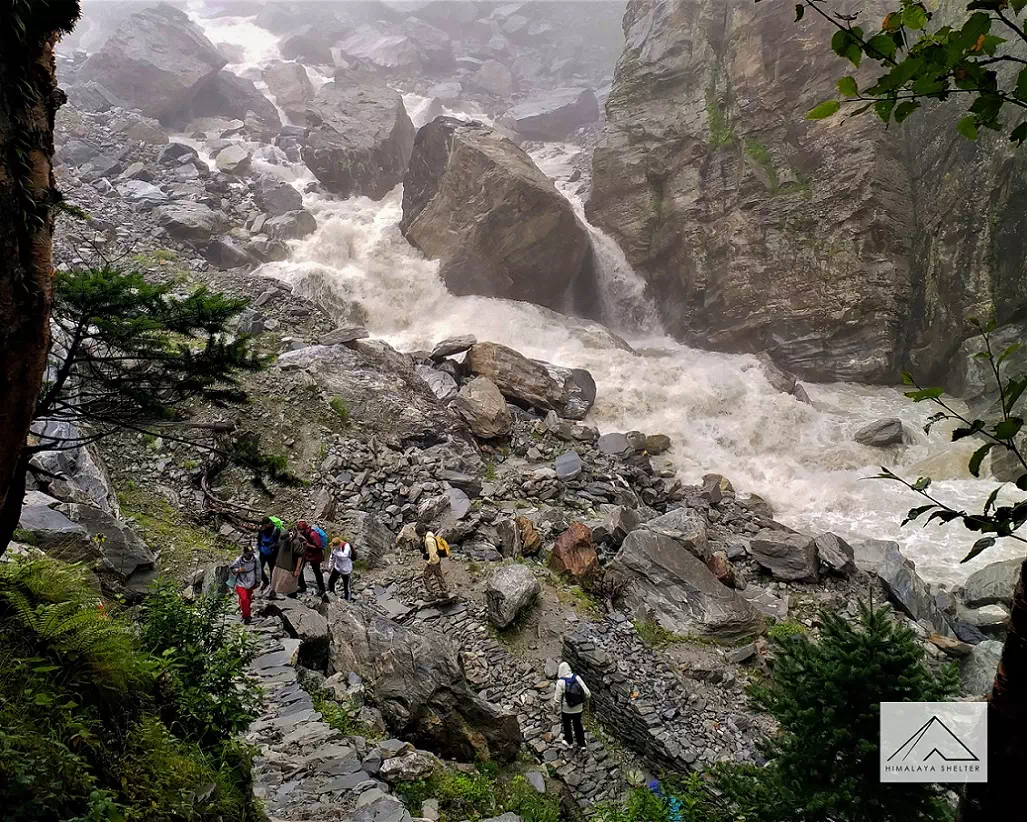
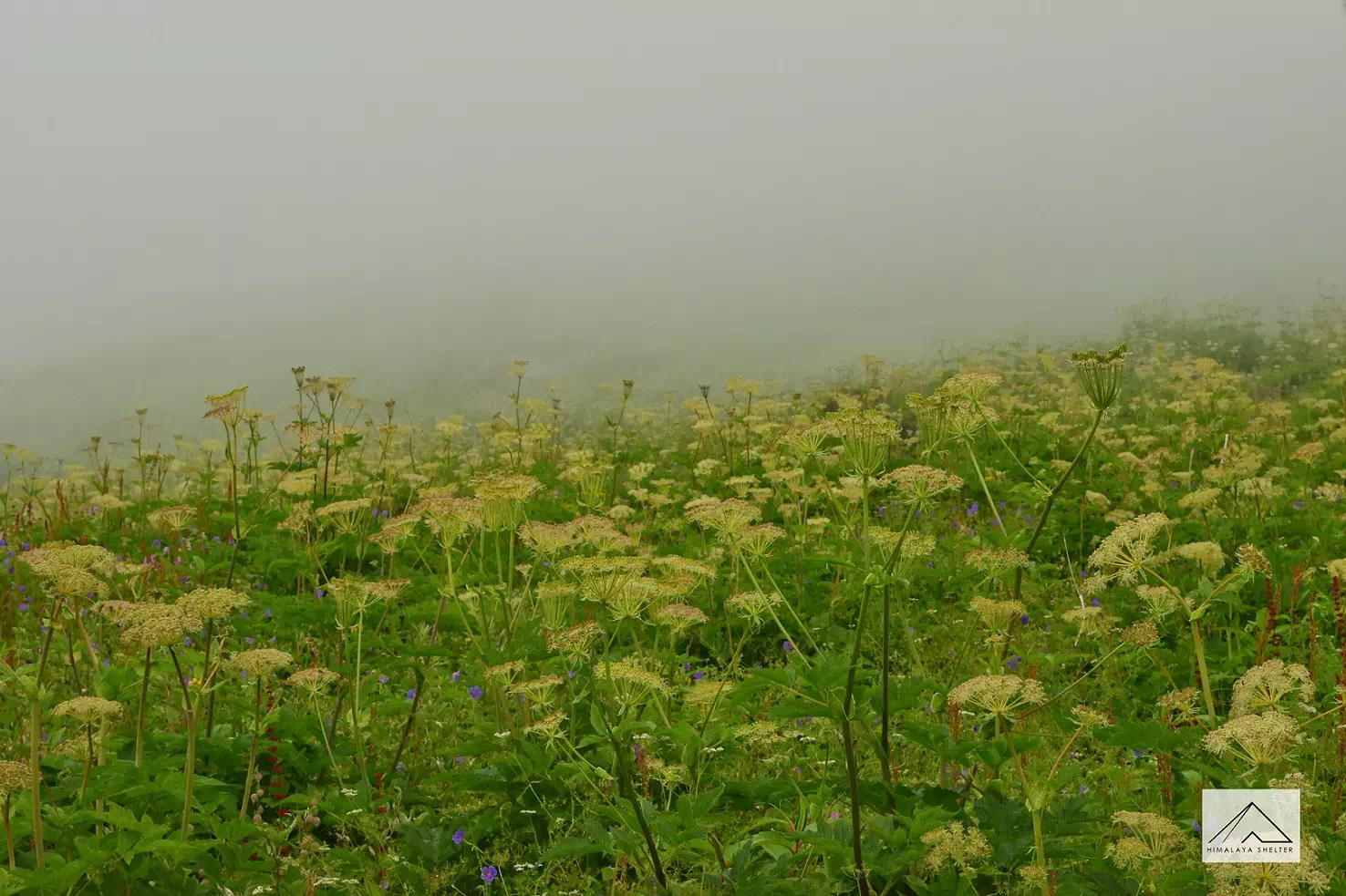
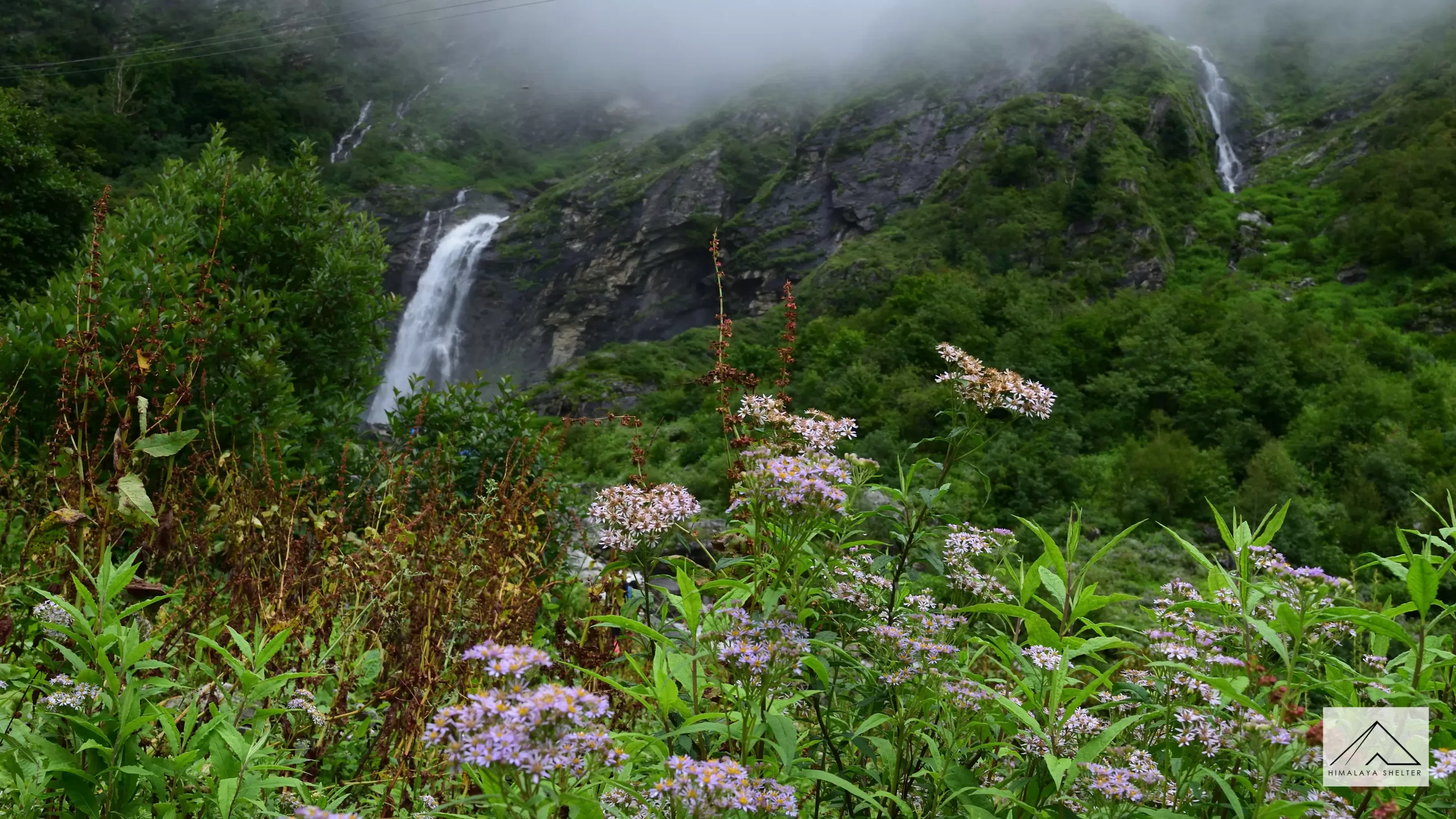
















Mukesh –
One of the most favourite trekking compny
gralion torile –
Incredible! This blog looks just like my old one! It’s on a completely different subject but it has pretty much the same layout and design. Wonderful choice of colors!
Judson Bator –
Hey very nice website!! Guy .. Excellent .. Superb .. I will bookmark your blog and take the feeds also…I am happy to seek out numerous useful info right here within the publish, we need develop more strategies in this regard, thank you for sharing.
Aagman –
I recently went on a trekking trip to Kashmir’s Valley of Flowers with Himalaya Shelter & I must say it was an unforgettable experience. The team’s expertise & professionalism were commendable and it was enjoyable journey. The breathtaking views, well-planned itinerary & excellent accommodation made this trek truly remarkable. I highly recommend Himalaya Shelter for anyone seeking an extraordinary adventure in the majestic Himalayas.
tlover tonet –
Rattling fantastic info can be found on web site.